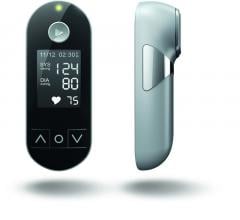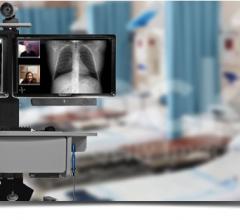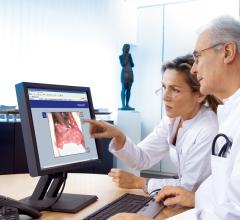
The general public usually does not take a big interest in cardiology or the interventional devices used to treat cardiac conditions until a family member or someone famous makes headlines due to a cardiac condition. Stents were brought back to mainstream national and international headlines recently after former President Bill Clinton received two stents at New York Presbyterian Hospital.
He was admitted to the hospital Feb. 11 with chest pains and treated in the cath lab the same day. Clinton, 63, previously underwent a successful quadruple cardiac bypass surgery to open four blocked arteries in 2004.
Invatec Sold to Medtronic
Medtronic recently signed an agreement to acquire Italian-based Invatec, a large European cath lab device maker that specializes in peripheral interventions. The deal will greatly expand Medtronic’s peripheral artery disease (PAD) product offerings and its product lines in Europe.
In Europe, Invatec is the only company to bring four drug-eluting balloons to market, covering the coronaries and lower-extremity vessels. It offers three drug-eluting balloons in Europe. It is also a pioneer in the development and commercialization of lesion-specific solutions, including therapies for below-the-knee and carotid artery disease.
The acquisition includes Fogazzi, an Italian company that provides polymer technology to Invatec, and Krauth Cardiovascular, which distributes Invatec products in Germany. Medtronic made an initial payment of $350 million for the company in January, and additional payments of up to $150 million will be made for Invatec’s achievement of specific milestones.
What are Your Thoughts on Telemedicine?
One area where there seems to be a shortage of information is how to develop telecardiology programs. A Web search will produce a lot of discussion on theory for creating such programs, but there is little concrete information. Clinicians and hospitals want to know how to put these programs together, how reimbursement works, where to find equipment, technical trouble shooting and how to overcome the multitude of HIPPA compliance issues.
With the changing nature of electronic medical records (EMRs) and PACS systems to Web-based platforms, and software and device makers increasingly embracing vendor-neutral solutions, the ability to create telecardiology programs is become much more attainable. With the federal government’s demand that all healthcare providers migrate to EMRs and its initiatives to help drive down healthcare costs, telecardiology programs make sense. Rural healthcare providers can partner with larger hospitals hundreds of miles away to allow their patients easy access to cardiac or vascular specialists.
The federal government and the military already use telemedicine to connect remote bases and Native American reservations to top-of-the-line care. In recent years, several hospitals specializing in congenital heart conditions have also created telecardiology programs to network regional hospitals. These programs quickly connect patients with specialists, speeds the screening of patients, and saves the patients time and days off work for travel.
Diagnostic and Invasive Cardiology plans to explore some of the questions in the May/June issue. I would love to hear from clinicians involved with telemedicine programs at their hospitals to see how their programs are set up and operated. You are welcome to send me an e-mail or give me a call.
We welcome your comments on the topics found in Diagnostic & Invasive Cardiology.
Please send your thoughts to [email protected]


 July 23, 2021
July 23, 2021 







